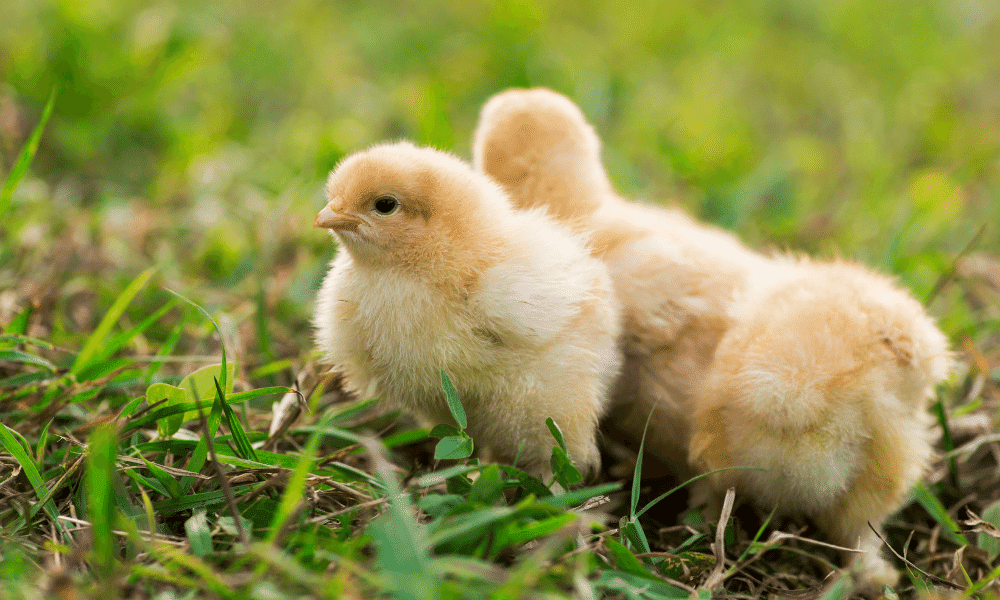6 Steps to Treat Fowl Mites in Chickens
Learn how to treat Fowl Mites from Little Lane Farms poultry breeder Ashley Hahn!
Mites love hot weather! With summer comes mite season. How do you know if your birds have mites? Mites live in the cracks and crevices of wood, bark, under roost bars, in the walls, and on your birds. They are tiny red, black, or light grey bugs that infest your birds. The best places to check on your birds are around their vent, the shanks of their legs, beards, and crests. The very best way to tell if your birds are dealing with mites is to go look in your coop at night. Take a flashlight and go check the roost bars, shanks, and vents of your birds. If you feel something crawling on you, you know it’s mites! These are one of the most dangerous insects for your poultry. They are difficult to get rid of, and they suck the blood of your poor birds.
Treatment Steps
Check roost bards and birds at night with a flashlight
Thoroughly clean coop and nest boxes
Remove birds and treat the coop, run, and nest boxes with a spray of one of the following...
Or another natural spray such as Pure Planet Poultry Spray
Bathe your birds in Dawn dish soap with 2 tablespoons of Epsom salt. Get them sudsy to drown the mites. Try to treat them early in the day in warm weather so the bird is able to dry completely before roosting at night.
Add First Saturday Lime to the floor of your coop, nesting boxes, and run. This will help keep the bugs at bay and prevent future infestations.
Finish by adding clean bedding to the coop. Avoid straw bedding because mites can live inside of the hollow straw pieces. Return your clean birds back to their clean coop and retreat after 10 days. If you find any mites before the 10 days are up, treat them with a topical dusting of permethrin dust. If after the second treatment you still find more mites, repeat once more for a third treatment.
This will rid your birds of all mites and mite eggs!
You might also be interested in…
Marketplace
You might also be interested in...

Shop for chickens, livestock or other farm goods

About Farm Expo Events








Discover farmers markets near you with Roobeez! Explore local events, find seasonal and weekly markets, and shop fresh produce and handmade goods on our marketplace. Contribute to our growing directory by adding your favorite markets and community events. Supporting local has never been easier!